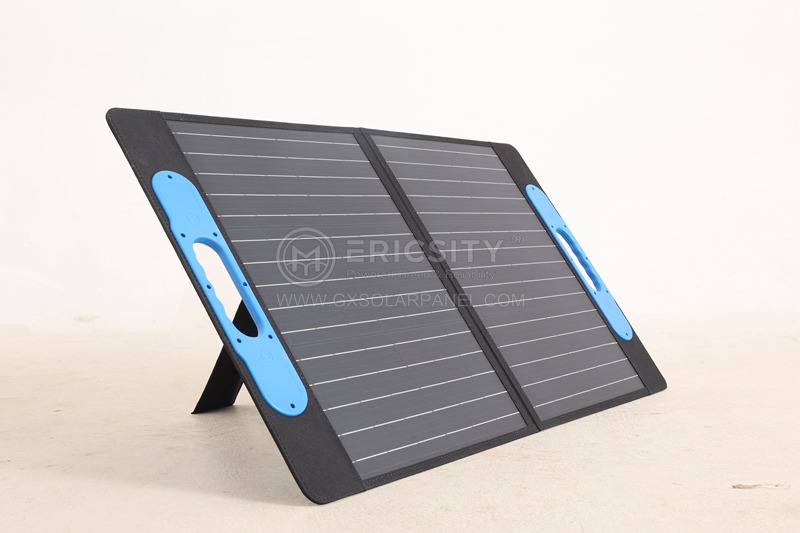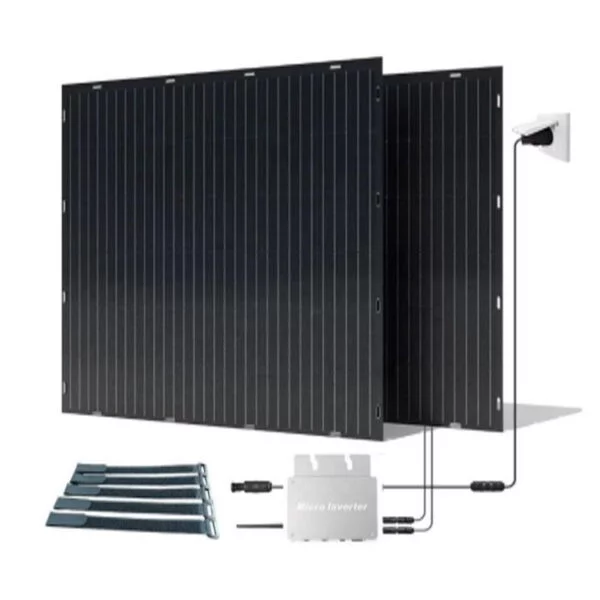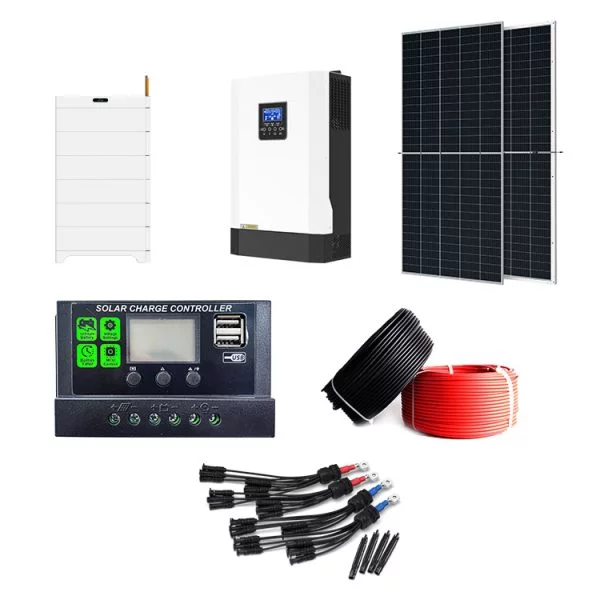HOT PRODUCT
Product Details
The Science Behind Suitcase Solar Panels: How They Generate Power
The Science Behind Suitcase Solar Panels: How They Generate Power
Solar energy is a remarkable source of renewable energy that has garnered significant attention in recent years. As the world continues to seek alternative ways to generate power, scientists and engineers have come up with innovative solutions to integrate solar technology into various applications. One such innovation is the development of suitcase solar panels, which offer a portable and efficient means of generating electricity. In this article, we will explore the science behind suitcase solar panels and how they generate power.
Solar panels, at their core, consist of multiple photovoltaic (PV) cells that convert sunlight into usable electricity through the phenomenon known as the photovoltaic effect. The key component of a solar panel is the PV cell, which comprises layers of semiconducting materials such as silicon. When sunlight hits the PV cell, it excites electrons in the material, causing them to move and create an electric current.
The efficiency of a solar panel is determined by various factors, including the type and quality of the PV cells. Suitcase solar panels typically use a type of PV cell called monocrystalline silicon, known for its high efficiency and durability. Monocrystalline silicon cells are made from a single crystal structure, allowing them to maximize sunlight absorption and conversion into electricity.
To understand how suitcase solar panels work, it is essential to comprehend their design and structure. These portable solar panels are typically compact and foldable, enabling easy transportation and setup. They consist of multiple PV cells interconnected in a series, forming a solar module.

When the suitcase solar panel is unfolded and exposed to sunlight, each PV cell absorbs photons from the sunlight. The photons excite the electrons in the silicon material, creating a flow of current within the cell. This current is then collected by conducting wires embedded within the panel, which transfer it to the power output.
To ensure proper functioning, suitcase solar panels need to be positioned optimally to receive maximum sunlight exposure. They should face the sun directly, with minimal shading or obstruction. Moreover, the angle of the panel should be adjusted based on the geographical location and time of the year to receive the most sunlight.

Once the electric current is generated, the suitcase solar panel offers different options for power utilization. It can be directly connected to an electrical device, allowing for direct charging or power supply. Alternatively, the generated electricity can be stored in an integrated battery pack or an external power bank for later use. This flexibility makes suitcase solar panels an excellent choice for outdoor activities such as camping, hiking, or even emergency situations where access to a traditional power source may be limited.

It is important to note that the size and power output of suitcase solar panels vary depending on the model and manufacturer. Some models offer higher wattage and larger surface area, allowing for greater power generation. Nevertheless, regardless of their size, suitcase solar panels serve as a sustainable and efficient power solution.

In conclusion, suitcase solar panels harness the science of photovoltaics to generate clean and renewable electricity. By utilizing monocrystalline silicon PV cells, these portable panels effectively convert sunlight into usable energy. Their compact design and foldable structure make them ideal for various applications, from powering small electronic devices to providing a lifeline during emergencies. As we continue to explore alternative energy sources, suitcase solar panels offer a promising solution for harnessing the power of the sun.




